
Snowden Becker is a media preservation and archiving professional who specializes in the management of media assets for collections and collecting institutions. She’s worked at institutions such as UCLA, The Walters Art Museum, and San Francisco Museum of Modern Art, with a research focus on how audiovisual materials are preserved as part of a shared cultural heritage. She’s also a freelance knitting designer, in case you need a new fancy sweater.
Jump to section:
- Background
- What is media preservation and archiving?
- How does one become an archivist?
- What kind of organizations engage an archivist?
- What’s the first step in a media preservation and archiving project?
- Who are an archivist’s key collaborators?
- What tools are required for the job?
- What role does media preservation and archiving play in the media and entertainment?
- How do you go about digitizing historic media?
- What tools and processes do you have in place to tackle large files?
- Where are preserved files housed?
- What is Home Movie Day?
Can you tell us a bit about yourself and your background?
I work as a consulting archivist and independent contractor with all kinds of collectors and collecting institutions. My educational and technical strengths are in A/V media preservation—specifically non-theatrical media, so everything from home movies and audio visual art forms, to contemporary forms of evidence like dash cams, body cams, and surveillance footage. The moving images that are part of our history, and our sense of how we move through the present and understand the past. A large part of what I help organizations with are change management improvements—thinking through the business aspects of collections, and collecting, and media preservation.
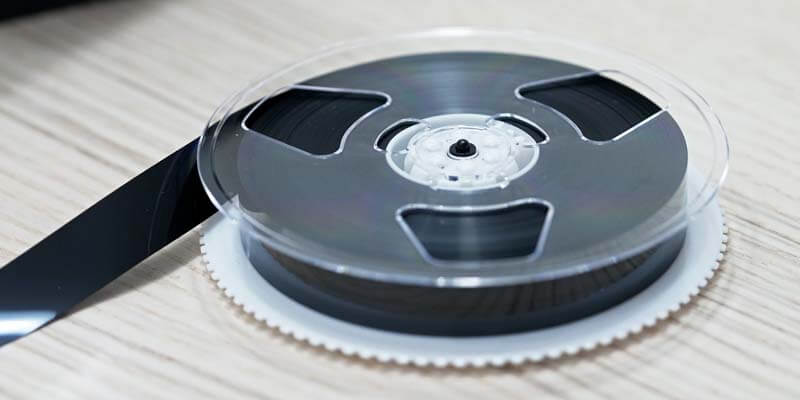
Photo by Jeremy Bezanger on Unsplash
What is media preservation and archiving?
Media preservation is an active process, not a destination. It’s a set of actions we undertake to organize, stabilize, and provide for the future access and accessibility of media objects. That can be an analog carrier—like a video cassette, or a reel of film, or an audiotape—or it can be a digital file or a set of digital files for a complex digital object, like a video art piece or feature film. It’s everything from working with digital cinema packages (DCPs), to a foreign movie that has specific songs licensed, to a reel of home movies somebody wants to keep as a family heirloom and preserve for the future.
There are a set of actions we take with those materials to determine what they need. Everything’s a little bit different, and its inherent qualities are what needs to be preserved. So it might need cold and dry storage if it’s film, or it might need migration and error checking if it’s a digital file. We use the materials themselves to determine the set of processes that we engage in, to make sure they’re available for the future in a form we can trust.
Need to Send Large Files?
Create a free MASV account to get started
How does one become an archivist?
A number of graduate programs have emerged over the last 25 years, and they’ve become a de facto entry-level qualification for higher-level work in the field. A lot of people come in with a history background and have worked in an archive, and brought subject expertise around the technical processes of archiving. You can also enter it from the information studies side. Many come with a cinema studies background, a media history background, or a production background—all of which can inform their understanding of how to manage a studio collection or an arts collection in a museum.
What kind of organizations engage an archivist?
And as you can imagine, there are a lot of contexts now where we see media being used, created, and drawn upon over the long term. In law enforcement there’s an increased need for people who can manage audiovisual media, both consumer-grade stuff from bystander video or proprietary surveillance cameras. Or from a dashcam, or a body-worn camera, or surveillance that’s set up in a custodial area. That increasingly is part of the way we do business. So a media archivist could be working in the private sector, the public sector, or the heritage sector.
Need to Send Large Files?
Create a free MASV account to get started
What’s the first step in a media preservation and archiving project?
It starts with assessment. What do you have? What are the formats, what quantities, what’s the context of creation, and what is your duty to preserve? Depending on what context you’re in, you may have a legal duty to preserve evidence, for example. That’s certainly the case of law enforcement, where the state’s code of criminal procedure dictates the statute of limitations for a crime.
In other circumstances it’s not so straightforward: It might be a personal document or an art project where the duration period might be in perpetuity, or as long as you can afford to keep it. So the first step is figuring out what you’ve got, what you’re dealing with, and your reasons for preserving it and providing access to it. Then it’s a question of how much money and how much time do you have to adjust your media preservation approach to your context.

Who are an archivist’s key collaborators?
The IT department, for sure, if you work in an organization that has one. The archivist has to be a subject matter expert in the technical ins and outs of archiving. When a tech person talks about archives, they generally mean hit the save button. But media preservation knowledge sharing, like the Preserve This Podcast project, has helped podcasters and creators of digital content understand that archiving might mean a set of more active steps than just putting stuff in the past episodes section.
So for an archivist in an institution with A/V materials, what we might do with IT staff is explaining why we need more than than they might think: We might need more robust error checking, more storage space, or to actually host and save those raw video files, as big and as cumbersome as they are. We might need more bandwidth than other departments because we deal with the original material. We can also arrive at technical solutions with the help of IT staff, such as nearline or offline storage for bigger files or more efficient access to surrogates that are smaller and more lightweight.
There are three principal considerations that inform an archivist’s technical decisions: Authenticity, integrity, and reliability. We need to know that the version of the file we have is the real file. So we use things like MD5 hashes and other checksums to make sure that what we pass off arrives at the opposite end of the process intact. That the electronic copy is exactly equivalent to the copy that you have in your virtual hands. The other form of authenticity is being able to say where it came from—so, native metadata in a file that says it was created with this device, at this day and time.
And then there’s reliability: When we put it into our storage system, can we get that same thing back out? Are these little bits that are whirling around, these electrons that are positive or negative charges, are they going to be stable enough for us to ensure that in five years or 10 years—which is a lifetime in technical terms—are those things going to be available to us? And how do we ensure that when we move to a new platform—are those archival considerations being taken into account when we change technology, ecosystems, upgrade our servers, or perform backup procedures? Those conversations are key parts of our collaboration with the technical side of business administration.
Need to Send Large Files?
Create a free MASV account to get started
What sorts of tools are required in media preservation and archiving?
In the digital space you’re looking at some basic knowledge of the command line interface—being able to talk directly to a computer about the files. The computer is actually one of your collaborators in that sense, and being able to speak its language is really a basic part of the 21st century archivist’s skill set.
Tools like FFmpeg allow you to perform specific functions that are incredibly onerous to perform one at a time, like building scripts to manage video files. We do a lot of the same things—we transcode files from one format to another so they can be more easily accessed through various platforms. Or compressed so we can create smaller versions to play on the web. We might take keyframes from a piece of video to create a visual representation of a longer piece. We might do automated error checking and checksumming. The FTK Forensic Toolkit is an application that a lot of audiovisual archivists use for digital video preservation.
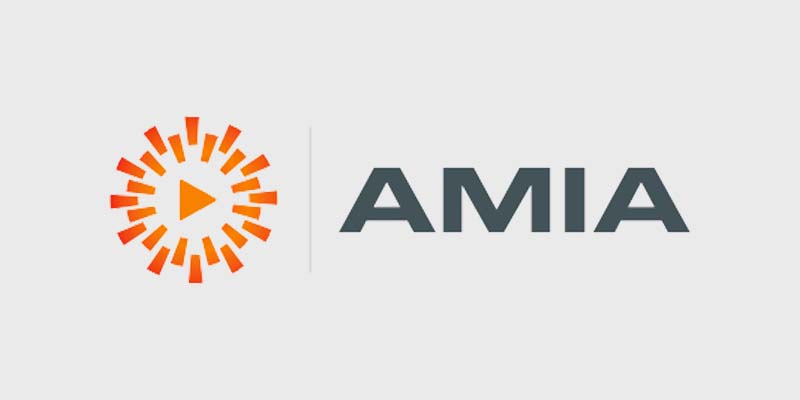
Association of Moving Image Archivists logo
And we’re building new tools all the time. The Association of Moving Image Archivists has a collaboration with the Digital Library Federation on an annual hack day, and we’ve developed new tools for automating metadata checking and all of the tasks that come up when working with big files in large numbers. Other useful tools are descriptive tools and metadata schema developed specifically for audiovisual material, and specifically for broadcast media, like PBCore. It’s a set of metadata tags and an XML schema designed for use with production files, which are very different from any other kind of audiovisual files.
What role does media preservation and archiving play in the media and entertainment industry?
It plays a huge role. And is where I, as an archivist, bring a certain historical awareness and a sense of urgency that’s informed by knowing what happened a hundred years ago. Back then the movie industry would create films for distribution and send them out on highly flammable film stock called cellulose nitrate. That wasn’t the kind of thing that you wanted to stack up in warehouses and keep around forever. It was expensive. And film was also seen as something that didn’t really have an aftermarket: Once things had circulated from the big cities to the little markets, a lot of American films, for instance, ended up at the ends of the Earth and weren’t rediscovered until a century later.
We have since discovered is that those films do have value, they do have an afterlife, they do have an aftermarket. We started seeing this in the television era, when you could start broadcasting movies on television or on airplanes. And the consumer video era, when people wanted to have copies of feature films to watch in their homes.
So we have the opportunity to learn from the mistakes of the first generation of cinema producers and not destroy everything after its initial release. What we’ve seen is that for film producers, at some point your intellectual property (IP) becomes cultural property. Fans feel a sense of ownership of favorite movies and the characters that appear in them. We’re lucky that a lot of films survived from the early decades of cinema history just by chance, kind of in spite of the movie industry’s best efforts. And I think what we’re seeing right now is that we’re more than ever aware of how media is informing a cultural conversation. You have a greater sense, if you’re a media producer in this day and age, of your obligation to preserve your IP rights carefully. There are embattled titles that have been orphaned through studio purchases and sales, that people would love to see, that are in this copyright dead zone where nobody can demonstrate their clear title. So it really impedes viewership.
One change I would like to see in the media industry’s approach to preservation and archiving is it being part of the production process. That you are thinking long-term about that. And so it’s heartening to see students that I’ve taught over the years being employed by the studios. They’re doing some of the remedial work with the back catalogue, but they’re also informing preservation practice as part of production practice. Whether it’s with costumes and props, or the digital files that end up being streamed to your screen, in a movie theater, or in your or in your home viewing environment.
Need to Send Large Files?
Create a free MASV account to get started
How do you go about digitizing historic media? How careful do you need to be so you don’t ruin the originals?
You do have to be careful, particularly with things like home movies, the vast majority of which were shot on reversal original stock. That means the piece of film that goes through the camera is exposed to light in the camera, and then it’s processed in such a way that that’s your positive projection element. There’s no negative, which makes it challenging to make prints. And you only have one so if you screw it up in the processing and development, or production, or in handling, or if you end up storing it in a hot and humid environment, it deteriorates. And then it’s gone.
But as vulnerable as motion picture film is to physical damage, digital files are equally vulnerable. If you don’t have backups or error checking you’re just as likely to have catastrophic loss for a digital file. So when you’re creating a digital copy of an analog original you end up with two collections to maintain: One that you have to keep cool and dry, to keep the physical stuff intact, along with a treadmill of technology for your digital files to ensure you don’t have backwards compatibility issues. We see that right now with the most recent generation of LTO tape, which isn’t backwards compatible in the same ways previous iterations were).
So, how do you digitize historic media? Very carefully, when it comes to handling. You want to use a trusted provider. It’s possible to throw a movie on a projector and film it with your mobile device—that’s a quick and dirty way to digitize historic media. But for me the ideal way to digitize historic film is an edge-to-edge scan that captures more of the meaningful visual information, which includes things like edge codes and exposed image area in the perforation area that’s not part of the projected image. That provides forensically authentic viewability for someone who can’t reel through and count splices. If you can see where things are spliced, you know what interventions the creator’s made in that film over time. That’s important. It’s meaningful, just as edge codes can tell you date of manufacture and help with date and content of a film.
Read More: Becker’s presentation for the Society of American Archivists’ “Digitization Is/Not Preservation” session.
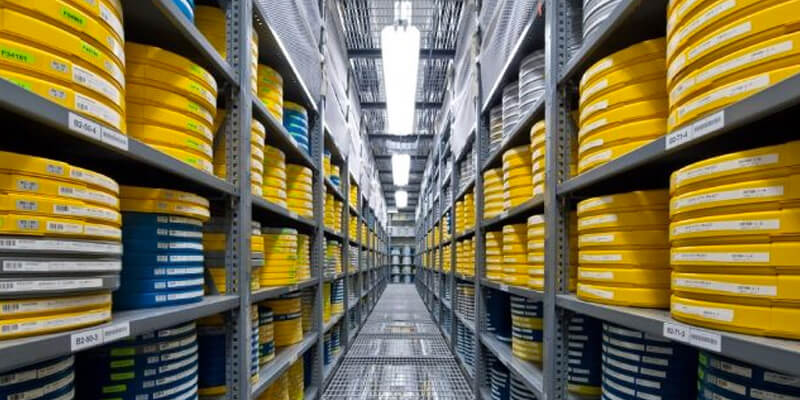
Film Archive – The Academy of Motion Picture Arts & Sciences
What tools and processes do you have in place to tackle large file requirements?
Patience. (laughs) Sometimes things just take time. It’s a real issue for media management involving large amounts of files and uploading to servers. It just takes time. And you may find at the end of that process that it didn’t complete for reasons that might be a little opaque. So the biggest tool you rely on as an archivist is patience, and workflows have to be designed with that downtime in mind. You might make use of that time to clean up your metadata, for example.
Another big issue is that once those files are in a system, how do you get them out? Usually, once you put something on the (digital) shelf you have to pay to get it out. That’s something that has been really affecting law enforcement agencies and their use of A/V devices, like body cams: Those generate tremendous amounts of footage, and their preservation policies are often written without cost implications in mind.
Read More: Send Large Video Files with MASV
Need to Send Large Files?
Create a free MASV account to get started
Where are preserved files housed? Libraries and museums come to mind, but where else?
I think for most of us now, it’s on our smartphones. And that means that when people lose a phone, and they don’t have cloud backup for their files, they lose something really special. So it’s often in the thing that you’re holding in your hands.
That’s one of the biggest lessons we repeat every year at Home Movie Day: have a disaster plan for your media, whether it’s digital or analog. Keep it stored someplace safe, make copies, and share those copies so others know what you have and where to look for it. We have a home movie living will people can use to indicate what they want done with them in the future, if they want to donate them to a museum, or a library as part of a historical record that’s publicly accessible. So, preserved files are housed in your home and in your hand. And if you aren’t actively backing your data up, you’re not preserving your files.
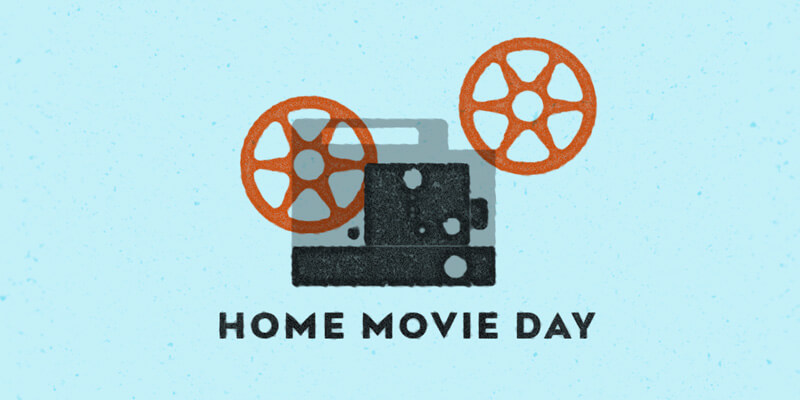
You’re a founder of International Home Movie Day. What is it about home movies that are so relevant to an archivist?
Most films named to the National Film Registry of the Library of Congress have already been preserved by heritage institutions. Take for example the Zapruder film (of the Kennedy assassination), which was the first amateur film to be named to the registry. The Tatsuno film (of WW2-era internment camps) is another example of that. It was preserved by the Japanese American National Museum where I worked as a digital media archivist. Those films undoubtedly document moments of national or international historical importance.
But the quotidian stuff—the babies’ birthdays, the weddings, the social rituals, are incredibly important as well. Even the little things, the small aspects of everyday life we’ve captured over the decades with our personal recordings, tell a larger historical story. You don’t have to be famous or a bystander at a world-changing event for your home movies to have historical importance.
A big part of Home Movie Day is the process of education, telling people that your home movies are important to keep in the original formats—that VHS or other video copies are an inadequate substitute. Particularly with VHS, even the best transfers are going to be missing something of the beauty and charm of the original film format.
Conclusion
We’d like to thank Snowden Becker (@snowdenbecker) for educating us on the ins and outs of media preservation, archiving, and the significance of documenting A/V assets for reference by future generations, or in the case of special screenings and court proceedings.
Media preservation requires many files be archived in their original quality for authenticity and historical accuracy. The result are massive files that carry significant weight (literally and figuratively). In order to safely and effectively transfer large digital media files to and from facilities or to a cloud storage bucket, there’s MASV file transfer.
MASV is the fastest, most reliable solution to transfer truly massive files—from digitized film formats like DPX, to DCPs, A/V media, and high-resolution images. It is one of the only file transfer providers to be verified by the Trusted Partner Network as a secure file sharing solution, making it the ideal choice to move sensitive and copyrighted material specifically for the media and entertainment industry.
MASV is used by media professionals the world over because we are proven to beat other leading file transfer providers in upload and download speeds.
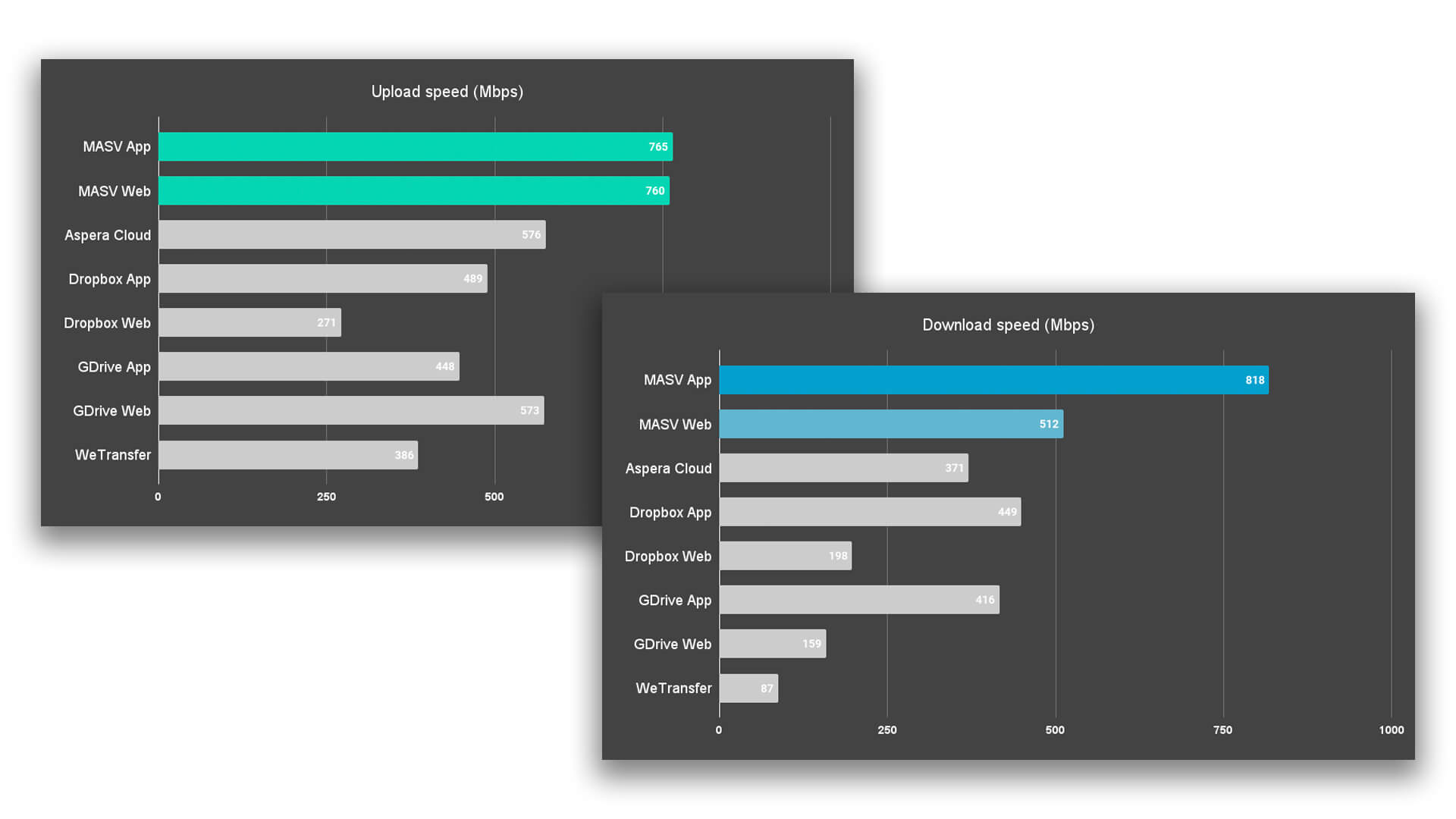
Sign up today for MASV and receive free credits towards your next transfer. You might just save enough time to take a much-deserved break.
Need to Send Large Files?
Create a free MASV account to get started